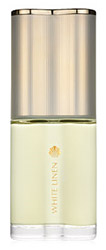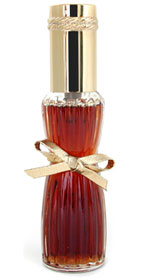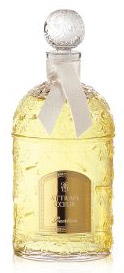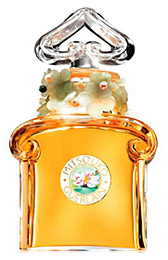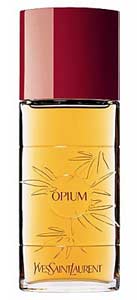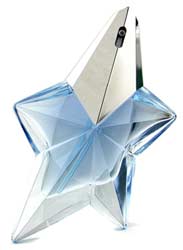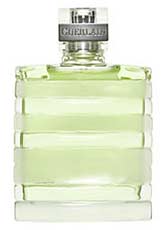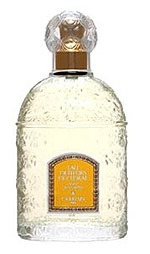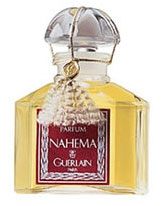If you want tuberose, you usually don’t have to look far. The fragrance industry is inundated with tuberose scents. From the highest end to the shower gels. Sometimes tuberose is even masquerading as gardenia. But if you want a really bold, really classic, very true tuberose, you get Fracas. 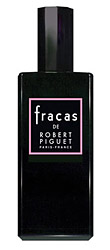
In Bottle: Powerful hit of sweet tropical, juicy, slightly rubbery tuberose. Fracas is very strong. I want to come out and warn you of that right away or I would feel bad. Aside from its strength it’s a lovely thing. It smells like the times must have been like back then, elegant and classy with a bold streak.
Applied: Wet rubbery tuberose with a sweetness added to it. This smells like a giant bouquet of flowers with a dominant tuberose the size of a skyscraper. The flowers, despite all their best efforts, are secondary to the tuberose that’s so massive and appealing that it can’t really scream any louder than it does in this fragrance. Unlike most people, and you shouldn’t go by what I say, I don’t consider tuberose as a sultry flower. It smells like slick rubbery floral to me and that’s about as far as I can take it. If you do happen to think tuberose smells sultry, then Fracas is sultry in a bottle. As the scent progresses, you start to wonder if it will ever end as not only is Fracas fantastic in terms of projection, its longevity is to be complimented too. There’s a subtle spiciness to Fracas if you wait her out long enough which gives the tuberose something to talk to as up until that spiciness, all I had was a big white floral.
Extra: Fracas was released in 1948 and is a classic by all accounts and purposes. It has become the go to scent for tuberose and its reputation is well deserved. It has survived this long as a reference and a piece of history and I’d like to believe it’ll survive for a good six decades too if you never wash it off.
Design: The eau de parfum is bottled in a fairly plain black bottle with hot pink lettering depicting the fragrance’s name and house name. Not Earth shattering in appearance but you don’t buy Fracas for the bottle.
Fragrance Family: Floral
Notes: Green notes, mandarin, bergamot, hyacinth, geranium, peach, tuberose, jasmine, orange flower, white iris, lily of the valley, violet, jonquil, carnation, coriander, balsam, vetiver, orris, sandlawood, moss, cedar, musk.
If someone hadn’t pointed me to that massive list of notes, I never would have believed it. Just as a point of interest because I know someone might be looking for this, you pronounce Robert Piguet like, “Row-Behr Peeg-Gehy”. You pronounce Fracas as, “Frah-Cah”.
Reviewed in This Post: Fracas, 2002, Eau de Parfum.




